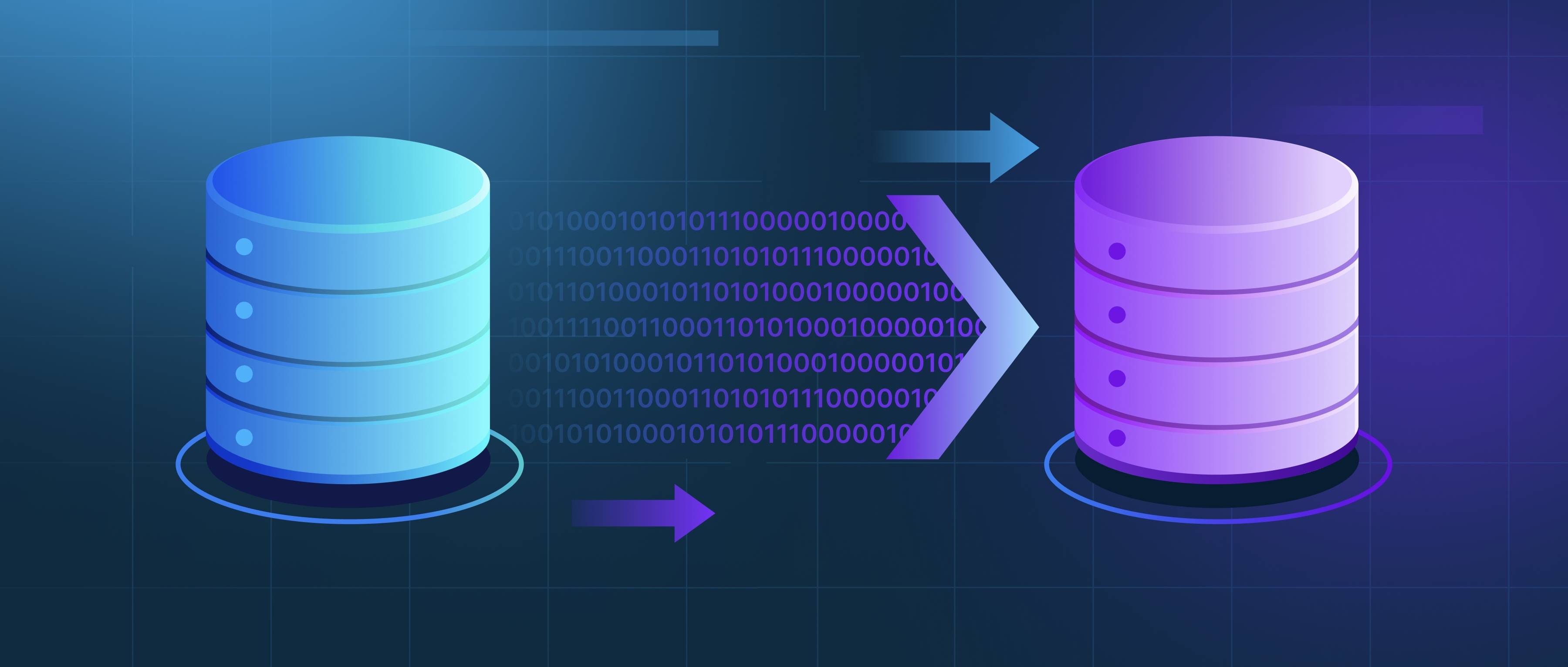Data governance plays a crucial role in managing cross-border data flows by establishing clear rules and processes that ensure data is handled properly when it moves across different countries. This involves understanding diverse regulatory frameworks, such as the GDPR in Europe or the CCPA in California, and ensuring compliance with these laws. For example, when a company in the EU sends data to a partner in the US, they must ensure that the data handling practices meet EU privacy standards, which may be more stringent than those in the US.
To facilitate cross-border data transfer, organizations often implement mechanisms like standard contractual clauses (SCCs) or binding corporate rules (BCRs). SCCs are pre-approved contracts that outline how data will be processed and managed by the receiving party, ensuring compliance with the originating country’s standards. BCRs can be used by multinational companies to ensure that all branches and subsidiaries uphold a consistent data protection level. This way, developers can code and design systems knowing that data transfer protocols are in place to protect user information as required by law.
Another important aspect of cross-border data governance is data localization requirements, which some countries enforce. These regulations may mandate that certain types of data be stored and processed within the country’s borders. This can complicate application development as developers must design systems that comply with both local and international regulations. A practical example is cloud providers offering local data centers to meet these requirements, allowing businesses to store sensitive data closer to the end-user while complying with local laws. Understanding and navigating these complexities is essential for developers to ensure their systems are both functional and compliant.
